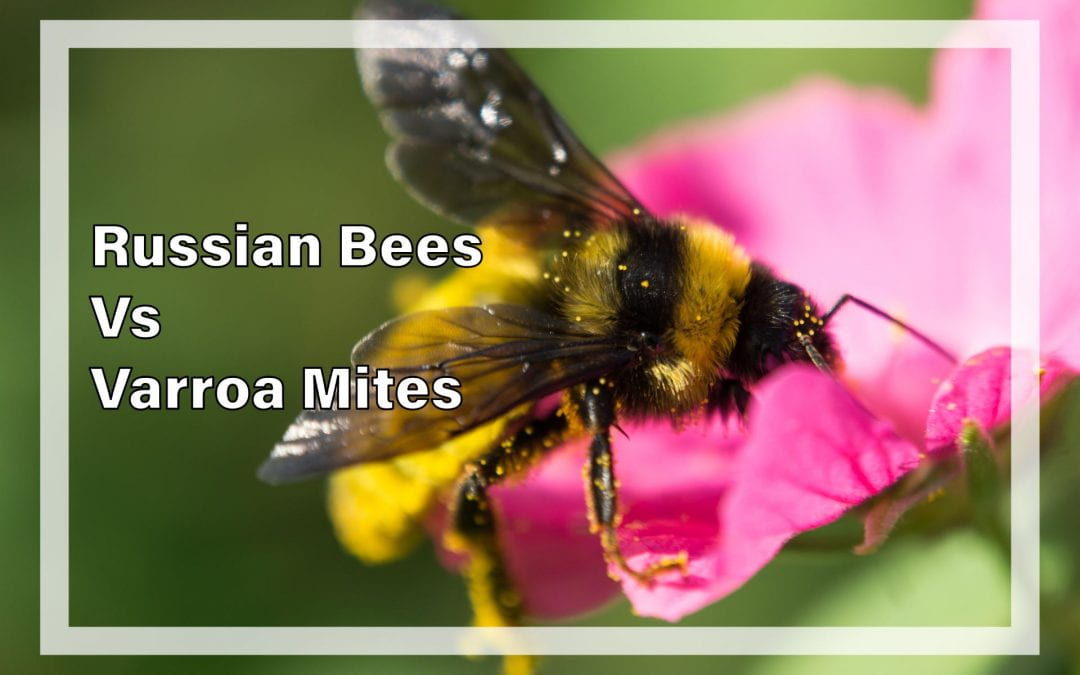About six weeks ago, I wrote an article about how Varroa Mites are wreaking havoc on beehives worldwide. As a refresher, a Varroa Mite is a large, reddish-brown parasite that latches onto foraging bees and feeds off of their blood or the bee equivalent of it. It can also infest larvae and make them hatch with deformities. But there is hope on the horizon! Behold the Primorsky Honey Bee, also known as the Russian Honey Bee, that comes with a natural resistance to Varroa Mites because they come from the region where Varroa Mites originated. These unique honeybees have increased aggression towards these mites, and practice more hygiene behaviors, such are removing infested larva before they hatch, which slows the spread of Varroa Mites in the colony.
Studies have shown that colonies of pure Primorsky Honey Bee stock, or mixed Primorsky Honey Bee and Italian Honey Bee stocks have a much better chance of surviving infestations. As such, they began to be imported into America in 1997, to be studied and tested further. So what was first started by the Observatoire Français d’Apidologie, is now being studied across the world!
Do you or someone you know keep bees? We want to hear your story! Pace University’s Pace Docs crew is in the process of producing a documentary about Urban Beekeeping, the latest in a series of award-winning environmentally and culturally relevant documentaries from our department. Contact us at paceudocs@gmail.com. And follow us on Instagram, Facebook, Twitter, and Tik Tok for more content!

